The mystery of Roman coins discovered on remote Baltic Sea island
Archaeologists have found two silver denarii coins in area where ‘contact with Romans was limited’
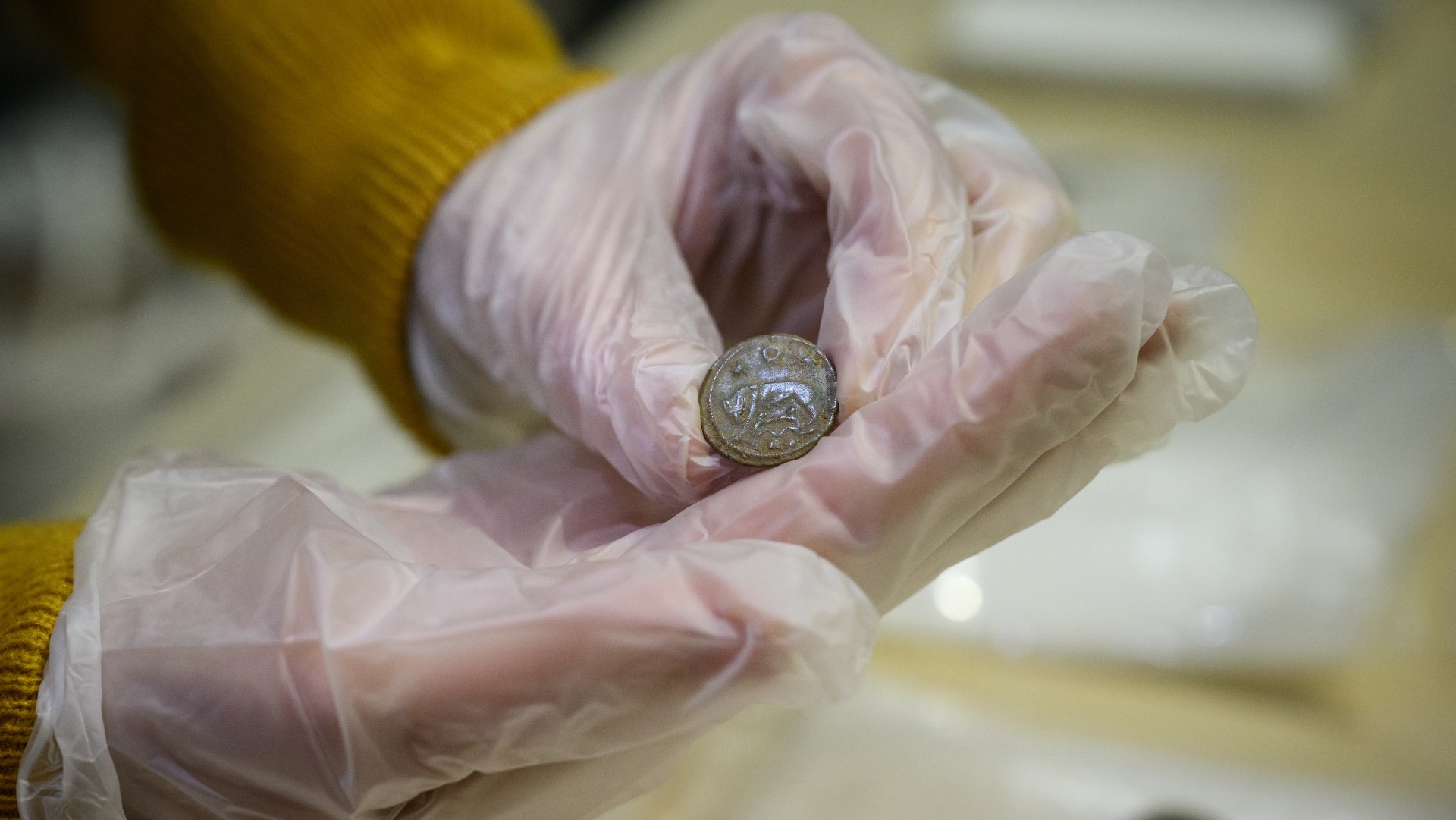
Archaeologists are scratching their heads over how two Roman coins recently discovered on a remote Baltic sea island ended up there.
Researchers from Södertörn University carrying out excavations on Gotska Sandön, an uninhabited island between Sweden and Estonia, unearthed the silver denarii coins, one depicting the emperor Trajan, who ruled at the height of the empire from AD98-117, and the other showing Antoninus Pius, who reigned as emperor from AD138 to 161. Team leader Johan Rönnby, a professor of marine archaeology, said the finds, at a beach site, “raise several questions”.
The area now known as Gotland County in central Sweden was believed to have been inhabited by a North Germanic tribe, and “contact with the Romans was limited”, said Heritage Daily, although “archaeological evidence does indicate an emerging trading network for the latest Roman fashions”.
The Week
Escape your echo chamber. Get the facts behind the news, plus analysis from multiple perspectives.

Sign up for The Week's Free Newsletters
From our morning news briefing to a weekly Good News Newsletter, get the best of The Week delivered directly to your inbox.
From our morning news briefing to a weekly Good News Newsletter, get the best of The Week delivered directly to your inbox.
The Romans sailed as far as Scotland and documented the Baltic area, but “there are no historical records of their voyages that describes the island, making it uncertain whether they were the ones who brought the coins there”, the history site added.
With “no evidence as to how the coins got there”, said The Science Times, researchers have theorised that they might been left by Norse traders, lost in a shipwreck or brought on a Roman ship that voyaged to the far north.
When the coins were brought to the island is also impossible to say, according to Rönnby, who “said coins from the Roman Empire could have stayed in circulation for a long time, because the silver they contained always remained valuable”, Live Science reported. The denarii was the standard coin of Ancient Rome and “their name survives today in the word for ‘money’ in several Latin-based languages, such as ‘denaro’ in Italian and ‘dinero’ in Spanish”.
The newly discovered coins each weigh around four grams, which would have represented about a day’s pay for a labourer when they were minted.
A free daily email with the biggest news stories of the day – and the best features from TheWeek.com
-
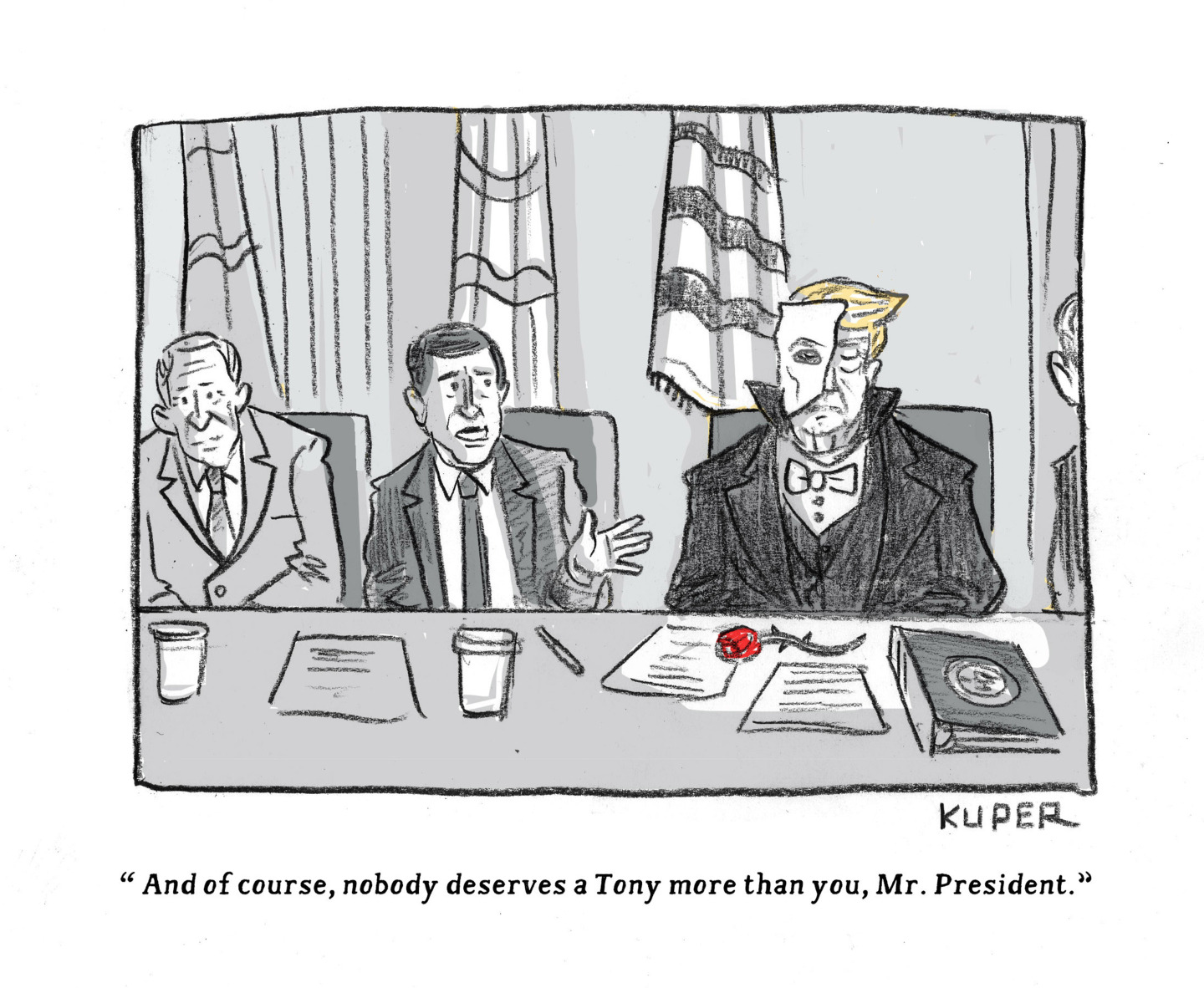 5 prize-winning cartoons about Donald Trump's appetite for awards
5 prize-winning cartoons about Donald Trump's appetite for awardsCartoons Artists take on operatic ambitions, peace prize pacifiers, and more
-
 Will Trump’s $12 billion bailout solve the farm crisis?
Will Trump’s $12 billion bailout solve the farm crisis?Today’s Big Question Agriculture sector says it wants trade, not aid
-
 ‘City leaders must recognize its residents as part of its lifeblood’
‘City leaders must recognize its residents as part of its lifeblood’Instant Opinion Opinion, comment and editorials of the day
-
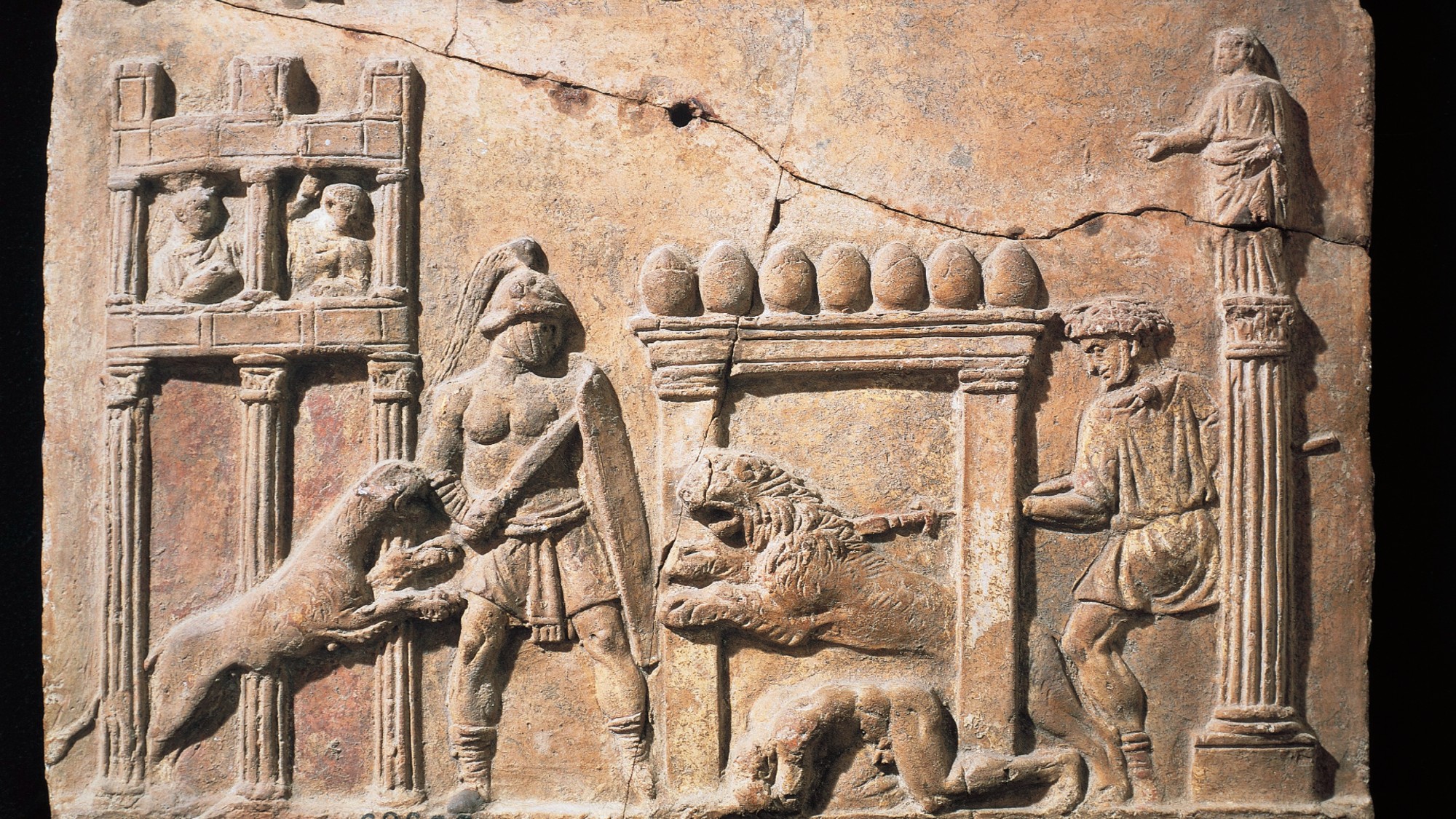 Scientists have found the first proof that ancient humans fought animals
Scientists have found the first proof that ancient humans fought animalsUnder the Radar A human skeleton definitively shows damage from a lion's bite
-
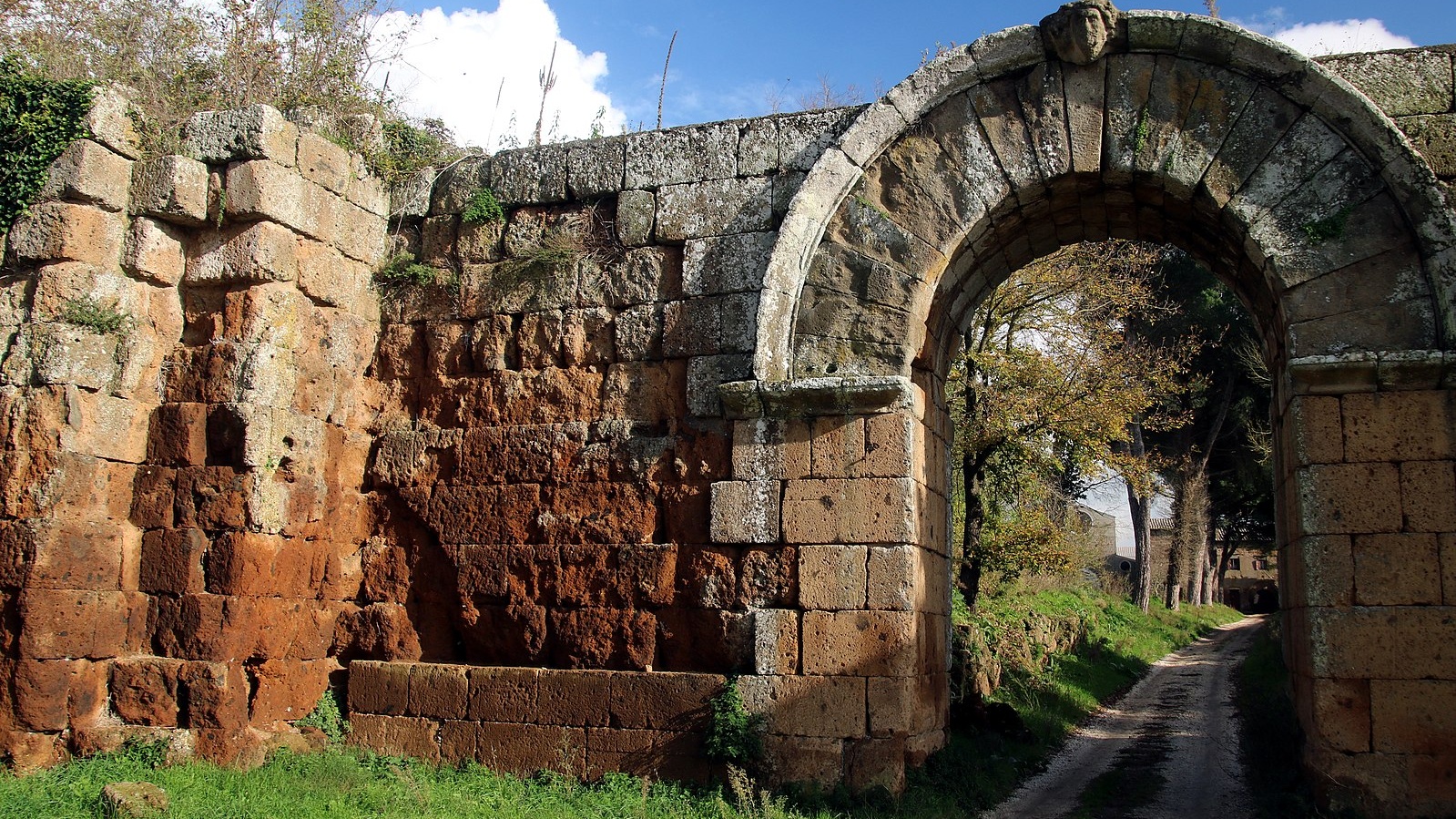 Archaeologists map Roman city using ‘quad bike and radar’
Archaeologists map Roman city using ‘quad bike and radar’Speed Read New scanning system reveals ‘elaborate’ details of ancient settlement
-
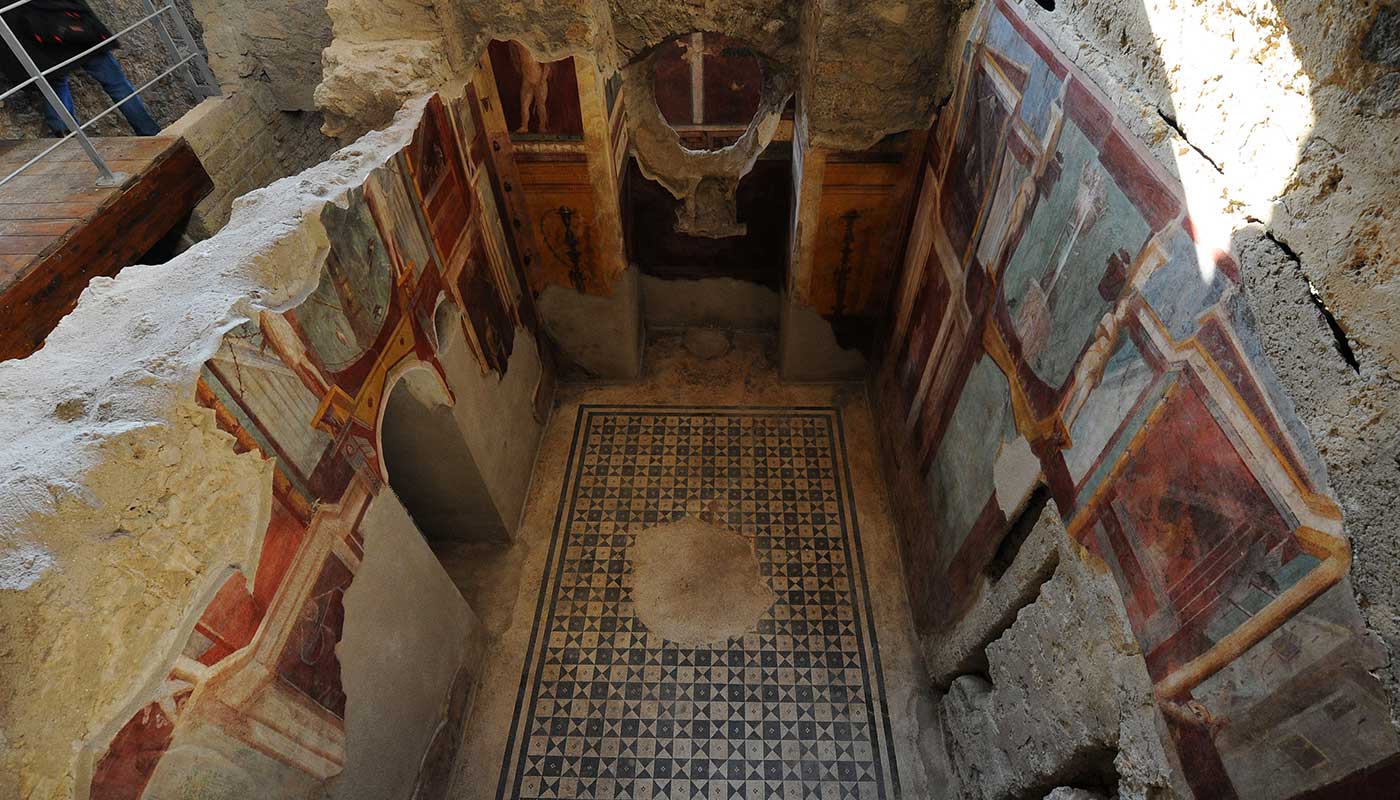 Graffiti in Pompeii set to rewrite history books
Graffiti in Pompeii set to rewrite history booksSpeed Read Eruption of Mount Vesuvius may have occurred months after initially thought